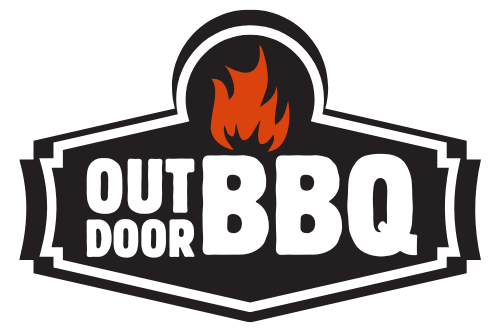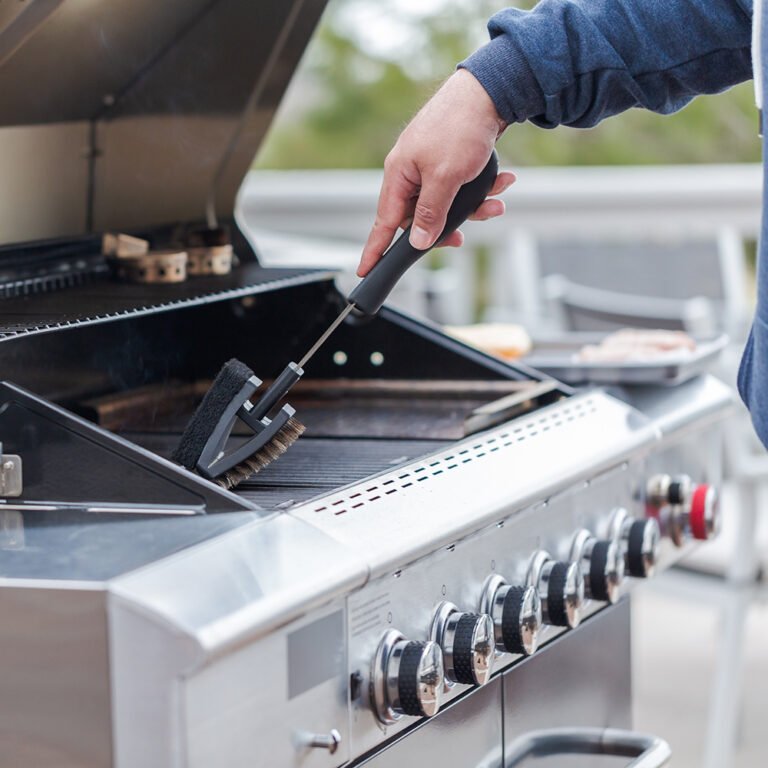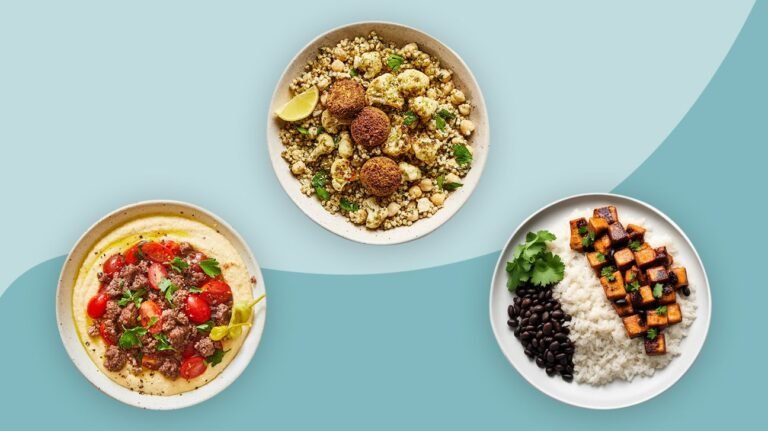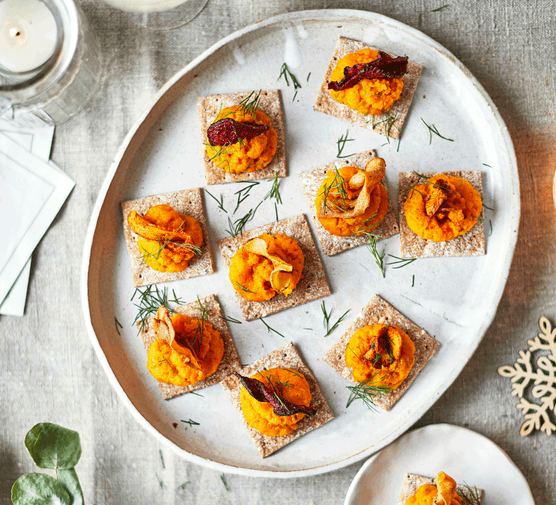Mastering indirect heat can take your BBQ skills to new heights. It’s a technique that slow-cooks food to perfection.
Grilling with indirect heat transforms your BBQ experience, offering a slow-cook method that locks in flavors and tenderizes meats without the char of direct flame contact. Imagine your favorite cuts of meat or hearty vegetables roasting evenly, soaking up smoky goodness over the gentle, ambient warmth of a carefully managed grill.
This method isn’t just for the pros; it’s an accessible cooking art that anyone with a grill can enjoy. Whether you’re a seasoned pitmaster or a weekend warrior in the backyard, learning the ins and outs of this approach can elevate your culinary game. It’s not just about turning down the flames; it’s about creating a zone of consistent, controlled heat that ensures your food cooks through without the risk of burning. This post will guide you through the steps to set up your grill for indirect heat, tips for maintaining the perfect temperature, and tricks for getting that fall-off-the-bone tenderness and flavor-packed crust every BBQ lover craves. Let’s fire up the grill and get ready to learn the secrets of indirect heat BBQ.

The Basics Of Indirect Heat Bbq
Grilling is not just about high heat and searing steaks. Indirect heat BBQ is a game-changer. It’s perfect for slow-cooked, tender, and flavorful meals. Let’s get into the basics of mastering this technique.
Defining Indirect Heat Grilling
What is indirect heat grilling? It’s when food cooks next to the heat, not over it. You get gentle, even warmth. This method is ideal for large or tough cuts of meat.
Benefits Of Slow Cooking On A Grill
- Even cooking: Food cooks uniformly, reducing the chance of burns.
- Juicier meats: Lower temperatures keep natural juices in.
- Enhanced flavors: Meats absorb smoke, becoming tastier.
- Relaxed cooking: Slow grilling means less stress, more fun.
Setting Up Your Grill For Indirect Heat
Mastering BBQ with indirect heat starts with setting up your grill correctly. This method cooks food evenly. It prevents burning. Perfect for large or tough cuts of meat. Let’s dive into the setup for both charcoal and gas grills.
Charcoal Grill Configuration
First, light your charcoal. Use a chimney starter for ease. Once hot, arrange the coals on one side of the grill. Leave the other side empty. This creates two zones. A hot zone for direct heat. A cooler zone for indirect cooking. Place your meat over the cooler zone. Close the lid. The indirect heat will cook your food gently. Rotate the meat occasionally. This ensures even cooking. Always monitor the temperature.
Gas Grill Setup Techniques
For gas grills, the setup is slightly different. Start by turning on only half the burners. This creates a hot side and a cool side. Place your food on the grill’s cooler side. Close the lid. Like with charcoal, the goal is indirect cooking. Check the grill’s temperature often. Adjust the burners as needed. This keeps the heat steady. Your food cooks evenly, without direct flames.
Selecting The Right Fuel
Mastering indirect heat on the BBQ hinges on fuel choice. The right fuel can mean the difference between average and mouthwatering results. This section focuses on selecting the best fuel to infuse your food with that unmistakable BBQ flavor.
Types Of Charcoal And Wood Chips
Charcoal comes in briquettes or lumps. Briquettes provide a consistent burn, essential for indirect grilling. Lump charcoal burns hotter, perfect for searing. Wood chips, like hickory or applewood, add unique flavors. Soak them first. They’ll smolder and smoke, not burn up fast.
Choosing The Best Gas For Flavor
For gas grills, propane is common. It burns clean and hot. Natural gas is another choice, ideal for taste. It’s less intense than propane. Infuse flavor with smoker boxes. Fill them with wood chips. They’ll emit smoke that seasons the meat as it cooks.
Temperature Control Secrets
Mastering the art of BBQ with indirect heat is all about temperature control. This method ensures your food cooks evenly, retains moisture, and develops that sought-after smoky flavor. Let’s dive into the temperature control secrets that will take your grilling skills to the next level.
Thermometer Essentials
To maintain the perfect temperature, a reliable thermometer is key. Use a digital thermometer for quick, accurate readings. Ensure it’s designed for high heat and can measure the grill’s internal temperature. Place it near the food but not directly over the heat source.
- Choose a thermometer with a wide temperature range.
- Look for a model with a clear display.
- Consider a wireless thermometer for convenience.
Managing Heat For Consistent Cooking
Consistent heat is critical for indirect grilling. Arrange coals on one side of the grill or use burners on a gas grill. The goal is to create a hot zone and a cooler zone. Here’s how:
- Light coals or turn on burners on one side only.
- Place food on the cooler side of the grill grate.
- Adjust vents or burner settings to control the heat.
| Burner Setting | Temperature (°F) | Food Type |
|---|---|---|
| Low | 225-250 | Large roasts, brisket |
| Medium | 325-350 | Chicken, turkey |
| High | 450-650 | Steaks, burgers |
Remember to check temperatures regularly. Rotate the food if needed for even cooking. Keep the grill lid closed to maintain a stable environment.
Timing Your Bbq To Perfection
Mastering the art of BBQ with indirect heat is all about timing. Getting your food to that perfect state of doneness requires patience and knowledge. Let’s dive into how you can time your BBQ to perfection.
Estimating Cooking Duration
Every meat cooks differently. A thick steak differs from chicken wings. Start by knowing the weight of your meat. Then, consult a reliable cooking chart. Most charts provide a cooking time range. Always aim for the lower end first. You can always cook it more if needed. Remember, different cuts need different times. Keep a meat thermometer handy. It’s your best friend for checking doneness without guesswork.
The Low And Slow Philosophy
Embrace the low and slow method. This means cooking at a lower temperature for a longer time. It works great for tough cuts. The slow process breaks down the fibers, making the meat tender and juicy. Patience is key. Rushing leads to tough, dry meat. Trust the process and let the BBQ work its magic. Your reward? Delicious, fall-off-the-bone meat every time.

Mastering Meat Preparation
Preparing meat for indirect grilling is an art. Start by choosing the right cuts and enhance their flavors with marinades, rubs, and seasonings. This careful prep work ensures your BBQ is a delicious success.
Marinades
Marinades tenderize and infuse meat with flavor. A good marinade balances acid, oil, and herbs. Use vinegar, lemon juice, or yogurt for the acid. Olive oil or canola oil works well. Add garlic, rosemary, or thyme for a flavor punch. Marinate for at least an hour, but overnight is best. Always marinate in the fridge.
Rubs
Rubs create a tasty crust. Combine salt, sugar, and spices like paprika or cumin. Rub evenly on the meat surface. This can be done just before grilling. For deeper flavor, let the rub sit on the meat for a few hours.
Seasonings
- Season right before grilling to lock in juices.
- Keep it simple with salt and pepper.
- For extra kick, sprinkle on garlic or onion powder.
Meat Cuts Ideal For Indirect Grilling
| Meat Type | Cut | Grill Time |
|---|---|---|
| Beef | Ribs | 2-3 hours |
| Pork | Shoulder | 4-5 hours |
| Chicken | Whole | 1-1.5 hours |
Select thicker cuts that benefit from slow cooking. Ribs, shoulders, and whole birds are perfect. They cook evenly and stay juicy.
Navigating Common Challenges
Mastering the art of BBQ with indirect heat often involves overcoming a few hurdles. The right strategy ensures juicy, evenly cooked meals every time. Let’s tackle some common challenges you might face and find solutions to keep your BBQ game strong.
Dealing With Flare-ups
Flare-ups can burn food quickly. Keep a portion of the grill empty. This ‘safety zone’ lets you move food away from sudden flames. Always have a spray bottle filled with water close by. Use it to douse any unexpected flare-ups. Remember to keep the lid open when spraying to avoid steam burns.
Adjusting For Wind And Weather
Wind and weather change how heat circulates. On windy days, position the grill perpendicular to the wind. This helps maintain consistent temperature. Make sure to adjust the vents. They control airflow and temperature. For cold or rainy days, increase cooking time. Keep the lid closed to trap heat.
Advanced Techniques And Tips
Mastering BBQ with indirect heat takes your grilling to the next level. Let’s explore advanced techniques and tips. These methods enhance flavor and ensure even cooking. Ready for a deeper dive?
Incorporating Smoking For Added Flavor
Smoking adds deep flavors. Use wood chips for this. Soak them in water first. Then, place them on coals. Different woods offer unique tastes. Applewood gives a sweet touch. Mesquite offers a bold flavor. Experiment to find your favorite.
Using Rotisseries And Baskets
Rotisseries cook meat evenly. They turn the meat for you. This means all sides cook well. Baskets hold smaller foods. Think veggies or shrimp. They make flipping easy. No food falls through the grates. A simple trick for perfect results.
Serving And Presentation
After mastering the art of indirect heat on the BBQ, the final touches matter just as much. The right serving and presentation turn a good meal into a great one. Let’s delve into how to rest your meat for optimum juiciness and share some creative serving suggestions that will impress your guests.
Resting Meat Post-bbq
Resting meat after BBQ is crucial. It allows juices to redistribute. It makes each bite moist and flavorful. Take your meat off the grill. Cover it loosely with foil. Let it sit. This pause can last from 5 to 15 minutes, depending on the size. Your patience pays off with each succulent piece.
Creative Serving Suggestions
Think beyond the plate. Use cutting boards for a rustic look. Add grilled veggies and herbs. They bring color and freshness. Serve sides in small jars or bowls. This adds charm and caters to personal tastes. Remember, the eyes eat first. Make your BBQ feast a visual treat!
Cleaning And Maintenance
Master the art of BBQ with indirect heat for flawless grilling every time. Discover the secrets to perfect food preparation and upkeep for that unbeatable smoky flavor.
Cleaning and maintenance are key for a great BBQ experience. They ensure your grill lasts longer and works well. Let’s dive into the best ways to keep your BBQ in top shape.Post-bbq Grill Care
Right after BBQing, it’s clean-up time. Start with warm grates to scrape off food bits. Use a grill brush for this. It’s easier while the grill is still hot. Empty the ash catcher too, if you have one. Wipe surfaces with a damp cloth. This keeps your grill ready for the next BBQ session.
Long-term Grill Maintenance For Indirect Heat
For grills used for indirect heat, check for wear often. Replace parts like burners or grates if needed. Once a year, give your grill a deep clean. Take it apart. Scrub each part with soapy water. Rinse and dry them well. This keeps your grill safe and efficient. A well-maintained grill means tastier food for everyone.

Frequently Asked Questions
What Is Indirect Grilling On A Bbq?
Indirect grilling involves cooking food not directly over the heat source. By placing the food to the side of the heat rather than above it, you allow for slower, more even cooking. This method is perfect for larger cuts of meat.
How Do You Set Up A Bbq For Indirect Heat?
To set up a BBQ for indirect heat, light the coals or turn on half the burners. Once hot, place the food on the unlit side of the grill. Close the lid to create an oven-like environment, which circulates heat around the food.
What Foods Are Best Cooked With Indirect Heat?
Foods best suited for indirect heat include large roasts, whole chickens, and other sizeable cuts of meat. This method is also excellent for delicate items like fish and vegetables that might burn over direct flames.
Can You Use Wood Chips For Indirect Bbq?
Yes, wood chips can enhance the flavor when using indirect heat. Soak the chips in water, then place them in a smoker box or foil pouch on the heated side of the grill to infuse smoky flavors into your food.
Conclusion
Mastering indirect heat on your BBQ can transform your grilling experience. Remember, patience is key to perfecting this technique. Start slow, monitor the grill temperature, and give your food time to cook through. Your patience will pay off with delicious, evenly-cooked barbecue delights.
Share these tips with friends and fire up the grill. Let’s make your next BBQ a hit with these simple, yet effective indirect grilling strategies. Enjoy the flavor and fun that comes with cooking over indirect heat. Grill on!






